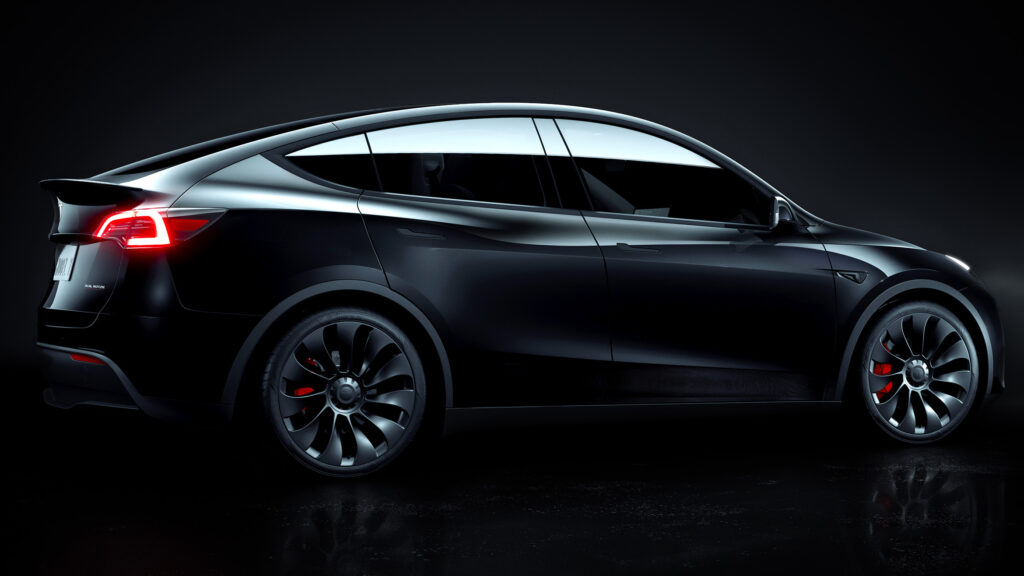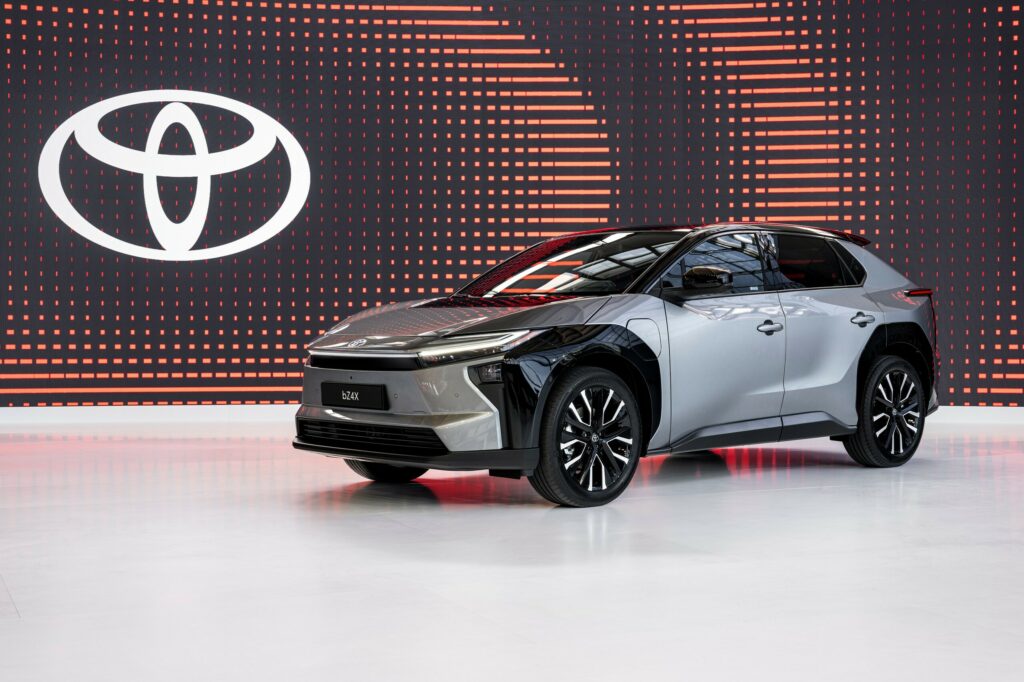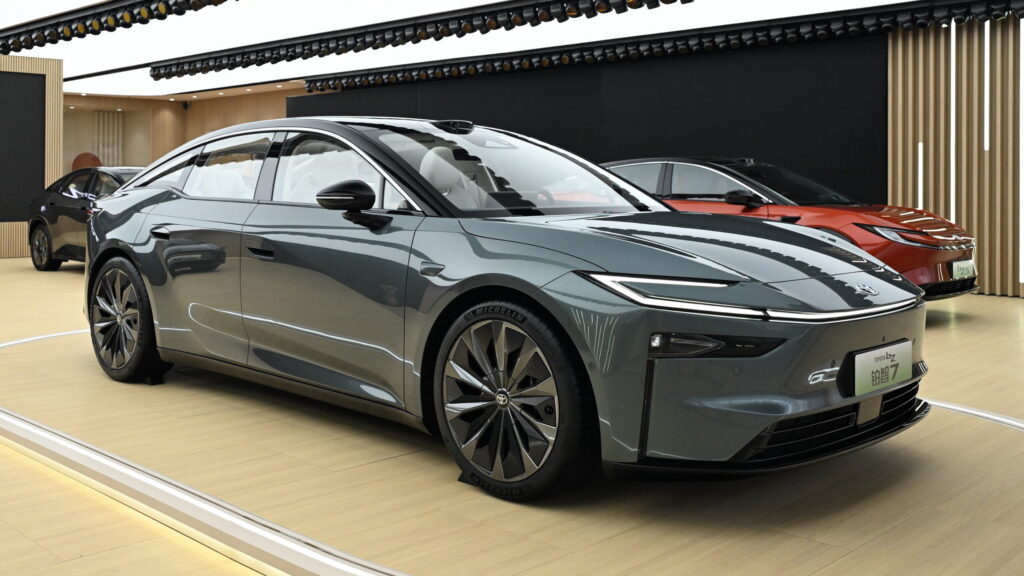Toyota’s Smallest EV Hides Suzuki Roots With A Cheeky Land Cruiser Nod
As Toyota continues pushing forward with its multi-pathway strategy in Europe, the brand is gradually building out its electric lineup alongside its well-established hybrid offerings. During a presentation in Greece, we had the chance to get an early look at three upcoming models: the refreshed bZ4X, the new C-HR+, and the all-electric Urban Cruiser. All three are headed to European roads later this year.
More: Akio Toyoda Says EVs Are Dirtier Than You Think
Out of the trio, it was the smallest one that stood out. The Urban Cruiser, which made its debut in December 2024, is Toyota’s latest entry in the competitive B-SUV (subcompact) segment. Specifically developed for European buyers, this small EV will begin reaching customers in autumn 2025.
Toyota Looks to Suzuki for Its Smallest EV
While the Urban Cruiser acts as an electric counterpart to the Yaris Cross Hybrid, the similarities end with the badge. Underneath, it rides on Suzuki’s Heartect-e platform, shared with the upcoming eVitara, instead of Toyota’s e-TNGA architecture. Much of the exterior and interior design also mirrors the Suzuki, with only minor tweaks to differentiate the two.
Photos Thanos Pappas / Carscoops
At the front, Toyota adds its own identity through a hammerhead-style lighting signature and a more refined bumper design. These give the Urban Cruiser a cleaner, more cohesive look compared to its Suzuki twin. Apart from Toyota’s emblems and new taillight graphics, the rest of the body panels are essentially unchanged.
Inside, Space Outranks Luxury
Despite its shared features with the Suzuki, the Urban Cruiser aligns well with Toyota’s design language, thanks to its chunky front end, muscular fenders, and darkened taillight cluster. The SUV measures 4,285 mm (168.7 inches) in length, placing it between the 4,180 mm (164.6 inches) Yaris Cross and the 4,360 mm (171.7 inches) C-HR. However, its EV-specific packaging allows for a 2,700 mm (106.3 inches) wheelbase, which is longer than both of those models as well as the larger Corolla Cross.
Photos Thanos Pappas / Carscoops
This extra length pays off inside. Rear passengers benefit from generous legroom and a sliding bench, making the cabin feel roomier than the Yaris Cross. That said, headroom in the back is more limited, particularly for taller occupants. The fixed sunroof and the floor-mounted battery take up vertical space, which might be noticeable for those who prefer sitting upright.
More: Toyota’s Flagship EV Will Be Powered By Huawei And Xiaomi Tech
Predictably, the rest of the interior is virtually identical to the Suzuki eVitara, with Toyota’s influence being limited to the emblem on the steering wheel and the Urban Cruiser lettering on the floor mats. The perceived quality is not bad despite the liberal use of hard plastics.
I’m not a fan of the glossy black finish of the floating center console, but the ambient lighting, the unusual texture on the door cards and the seat upholstery look pretty modern. Luckily, there are a few physical controls under the digital cockpit comprising a 10.25-inch instrument cluster and a 10.1-inch infotainment.
FWD and AWD Options, Up to 400 km Range
Under the skin, the Urban Cruiser offers the same range of powertrains as the eVitara. Buyers can choose between two battery capacities and three drivetrain options. The front-wheel drive version with the larger 61 kWh lithium-iron phosphate battery delivers a targeted range of around 400 km (249 miles). A dual-motor, all-wheel drive setup increases output to 182 hp, though the estimated range drops slightly to about 350 km (217 miles).
We’re looking forward to seeing how these figures translate to real-world driving once we get behind the wheel.
QUICK SPECS
| Drivetrain | Battery | Output | Target WLTP Range |
| FWD | 49 kWh | 142 hp (106 kW / 144 PS) | approx. 300 km |
| FWD | 61 kWh | 172 hp (128 kW / 174 PS) | approx. 400 km |
| AWD | 61 kWh | 182 hp (135 kW / 184 PS) | approx. 350 km |
So What’s With The Land Cruiser Reference?
The name Urban Cruiser may sound like a playful nod to the Land Cruiser, evoking a sense of off-road spirit in a much smaller package. Toyota underscores the Urban Cruiser’s light off-roading potential with features like Downhill Assist Control and Trail Mode for slippery surfaces.
Still, no one expects the eVitara-based EV to be as capable as a Suzuki Jimny (never mind the Land Cruiser) off the beaten track. After all, Toyota is working on a baby Land Cruiser for more serious off-road applications.
Interestingly, this isn’t the first time Toyota has used the Urban Cruiser name. It debuted on a 2006 concept, followed by a production model based on the Yaris sold in Europe from 2008 to 2014. That model also had a twin in North America, where it was known as the Scion xD. More recently, Suzuki-built models under the Urban Cruiser name have appeared in global markets, mostly aimed at India and other emerging regions.
A Growing EV Lineup
The Urban Cruiser is just one piece of Toyota’s growing electric strategy in Europe. During the same event in Greece, it sat alongside the facelifted bZ4X (simply called the bZ in North America) and a prototype of the C-HR+, both of which are expected to launch in 2025. Though they share some design language at the front, each model serves a different purpose.
The C-HR+ leans into a more upscale and sporty image, with a coupe-like roofline and sharper styling that positions it at the heart of the C-SUV (compact) segment. It shares a few cues with the standard C-HR but is noticeably larger and bolder. In contrast, the refreshed bZ4X keeps things more family-friendly and adds some light trail capability thanks to its Subaru-sourced X-Mode AWD system.
More: Why Toyota Made Its Smallest SUV Faster Than A Sports Car
Toyota plans to round out its European EV portfolio next year with the bZ Woodland, a sibling to the Subaru Trailseeker. That will bring the total to four electric models in the region, quadrupling Toyota’s zero-emission options in just two years.
Having four EVs might seem like a lot for a company whose president has openly questioned their environmental benefits, but some markets are getting even more options. China, for example, offers five electric Toyotas: the bZ3, bZ3X, bZ4X, bZ5, and bZ7.
North America is expected to eventually match that number, though with a different lineup. US buyers will have access to the C-HR+, bZ, bZ Woodland, and an upcoming three-row SUV that will be built locally.




















